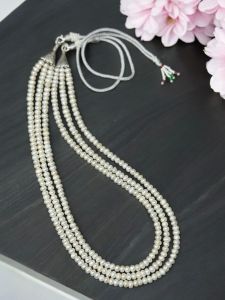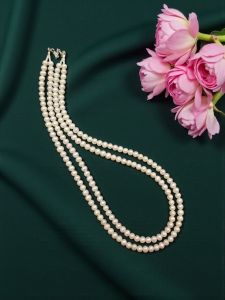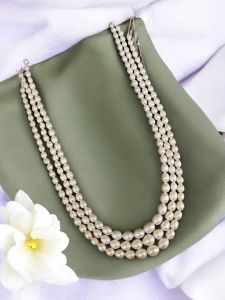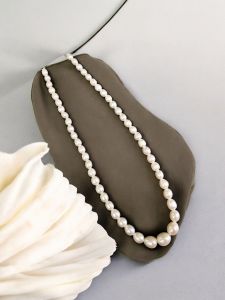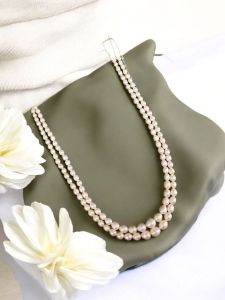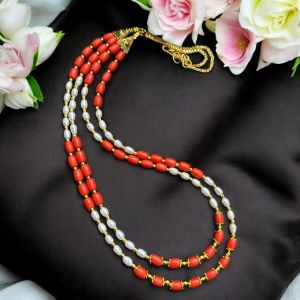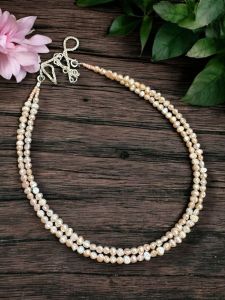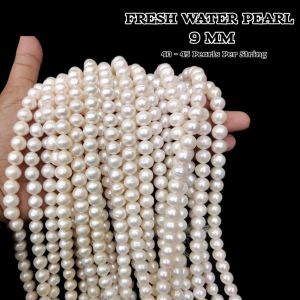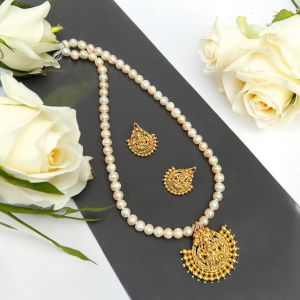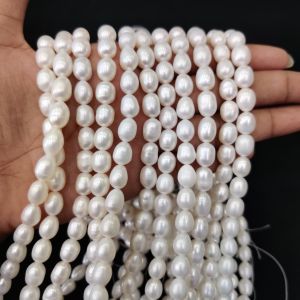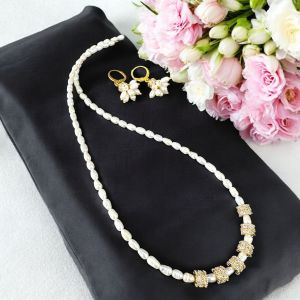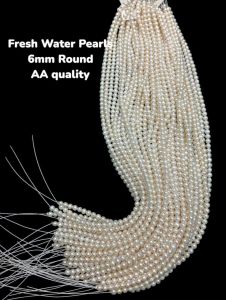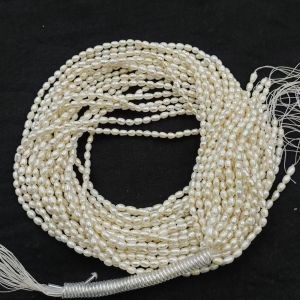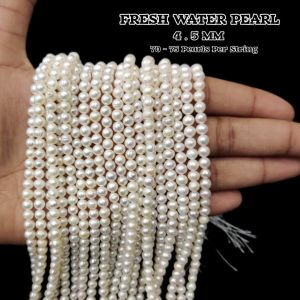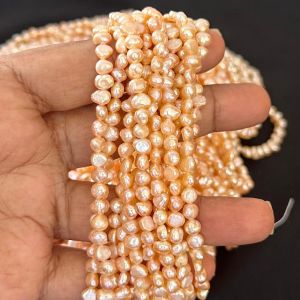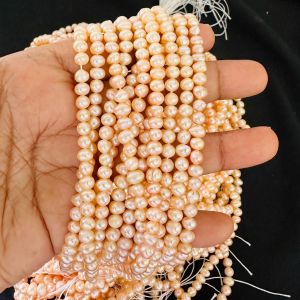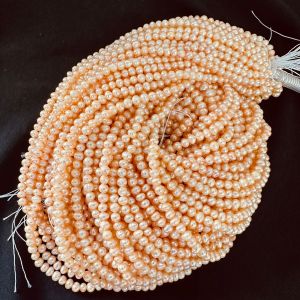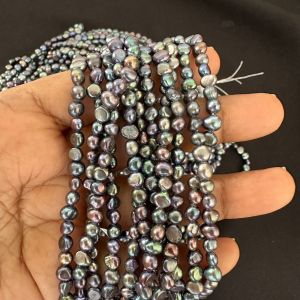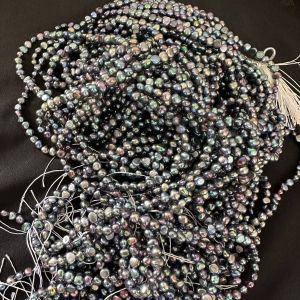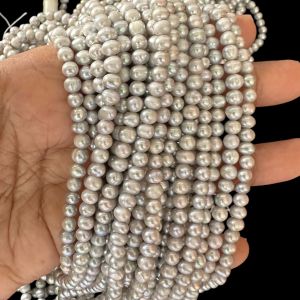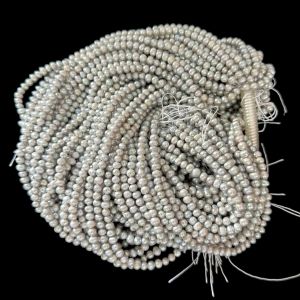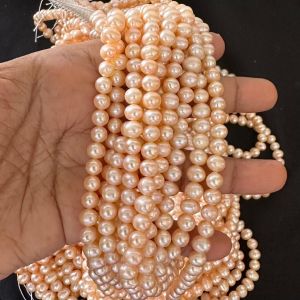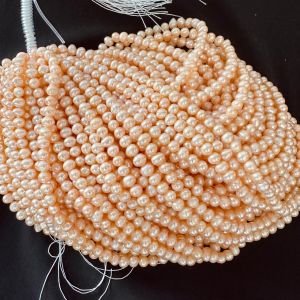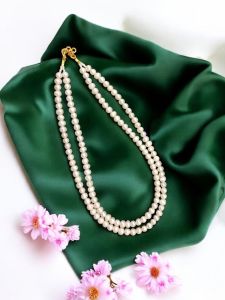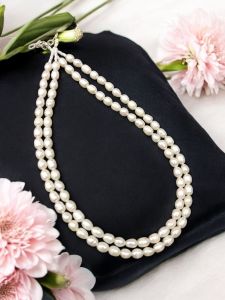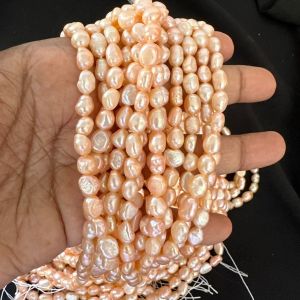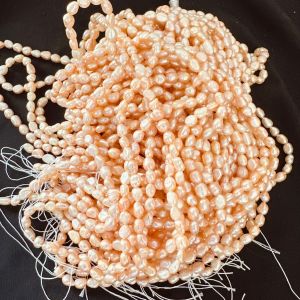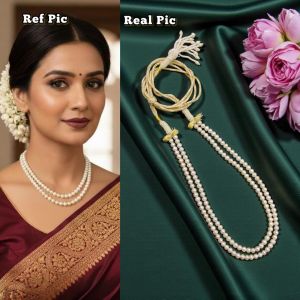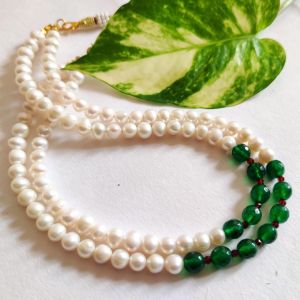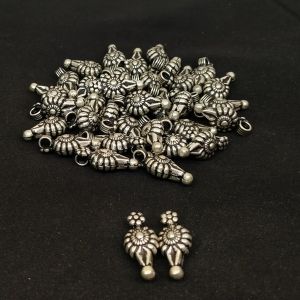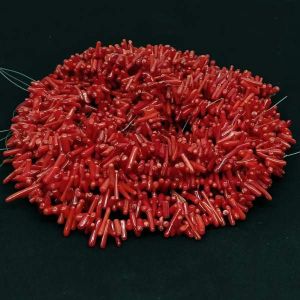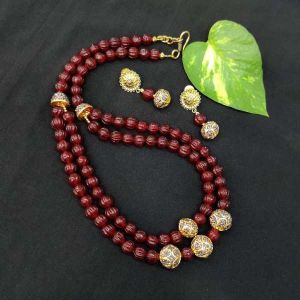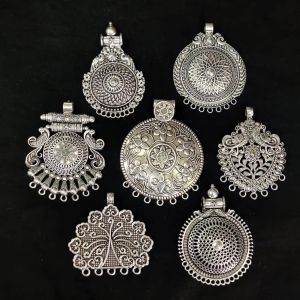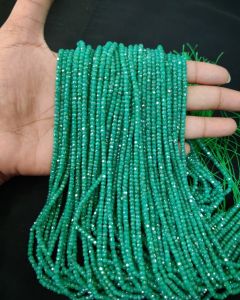This website uses cookies to ensure you get the best experience on our website. Read more
Search results for: 'blog/post/fresh-water-pearls'
Fresh Water Pearls, 8-9mm, Potato
Fresh Water Pearls, 8-9mm, Potato
Sold By 1 String
Sold By 15" String
no of pearls : 40 to 45(approx)
CLPC005AFresh Water Pearls, 6mm, Round Shape, Cream
Fresh Water Pearls, 6mm, Round Shape, Cream
Sold By 1 String
Sold By 14" String
no of pearls : 70 (approx)
CLPC028₹1,460.00 As low as ₹1,230.00AA Quality Fresh Water Pearls, Potato, 4-5mm, Cream
AA Quality Fresh Water Pearls, Potato, 4-5mm, Cream
Sold By 1 String
Sold By 15" String
no of pearls 70 to 75 (approx)
CLPC014A₹950.00 As low as ₹665.00AAA Quality Fresh Water Pearls, Nugget, 4-5mm,Peach
AAA Quality Fresh Water Pearls, Nugget, 4-5mm,Peach
Sold By 1 String
Sold By 15" String
no of pearls 79 (approx)
CLPC001_3₹650.00 As low as ₹578.00AAA Quality Fresh Water Pearls, Potato, 4*5mm, Peach
AAA Quality Fresh Water Pearls, Potato, 4*5mm, Peach
Sold By 1 String
Sold By 15" String
no of pearls 80 (approx)
CLPC014_3AAA Quality Fresh Water Pearls, Nugget, 4*5mm, Multicolor
AAA Quality Fresh Water Pearls, Nugget, 4*5mm, Multicolor
Sold By 1 String
Sold By 15" String
no of pearls : 75 (approx)
CLPC015₹900.00 As low as ₹866.00AAA Quality Fresh Water Pearls, Potato, 4*5mm, Grey
AAA Quality Fresh Water Pearls, Potato, 4*5mm, Grey
Sold By 1 String
Sold By 15" String
no of pearls : 77 (approx)
CLPC020₹900.00 As low as ₹826.00AAA Quality Fresh Water Pearls, potato, 6-7mm, Peach
AAA Quality Fresh Water Pearls, potato, 6-7mm, Peach
Sold By 1 String
Sold By 15" String
no of pearls : 58 (approx)
CLPC011_3₹950.00 As low as ₹929.00AAA Quality Fresh Water Pearls, Nuggets, 7 to 9mm, Peach
AAA Quality Fresh Water Pearls, Nuggets, 7 to 9mm, Peach
Sold By 1 String
Sold By 15" String
no of pearls : 46 (approx)
CLPC013_3

